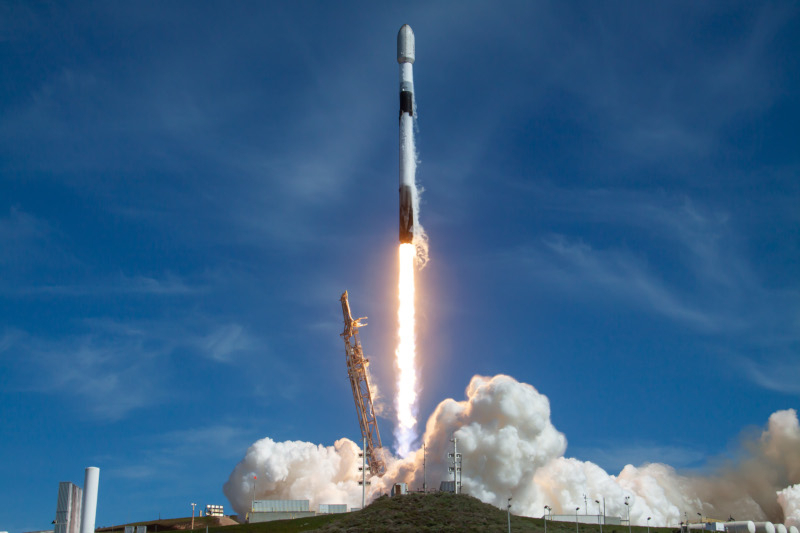SpaceX sets rocket reuse record as Falcon 9 first stage completes 23rd flight


Tonight, the next launch of the SpaceX Falcon 9 rocket took place, as part of which the telecommunications satellite KoreaSat-6A was launched into outer space. This mission is notable because Elon Musk’s company repeated its record for reusing the first stages of carriers. To launch the satellite, a stage was used that had already participated in space launches 22 times, and the current flight was its 23rd.


One of the recent Falcon 9 launches / Image source: x.com/SpaceX
The launch of the Falcon 9 rocket took place from the site of the cosmodrome. Kennedy in Florida at 12:25 local time (20:25 Moscow time). For the first stage of the carrier, the current flight was the 23rd, which corresponds to the indicator that was already established previously by two other first stages of the Falcon 9.
The launch went smoothly and the first stage, eight minutes and twenty seconds after launch, returned to Earth and made a soft landing at the Cape Canaveral spaceport. At the same time, the second stage of the rocket, together with the satellite, continued to move towards geostationary orbit, which the device should enter approximately 35 minutes after launch.
Once the deployment phase is completed, the 3.9-tonne KoreaSat-6A satellite will be in orbit at an altitude of 35,786 km from the Earth’s surface. At this altitude, the orbital speed matches the planet’s rotation speed, which will allow the satellite to “hover” over the same area of the Earth’s surface. For this reason, geostationary orbit is a popular location for spy satellites, weather satellites, and communications satellites, such as KoreaSat-6A.
«KoreaSat-6A will replace the current KoreaSat-6 satellite and provide South Korea with both fixed satellite communications (FSS) and broadcast satellite communications (BSS). Built on Thales Alenia Space’s proven Spacebus 4000B2 platform, KoreaSat-6A is equipped with six BSS transponders and twenty FSS transponders to cover the entire South Korean territory,” Thales Alenia Space, the manufacturer of the new satellite, said in a statement. They also added that the operation of the device will be carried out by KT SAT Corporation Ltd., and its service life will be 15 years.
Recent Posts
Google to Make End-to-End Encryption in Gmail Available to Everyone
Google plans to roll out end-to-end encryption (E2EE) of email to all users, even those…
Putin Bans Government Agencies and Banks from Communicating with Clients via Foreign Messengers
Vladimir Putin signed a law aimed at protecting citizens from telephone and cyber fraudsters: employees…
OpenAI has promised to release an open-source reasoning AI model in the coming months
«In the coming months, OpenAI plans to release an open source large language model of…
Blue Origin Finds Out Why It Lost Its New Glenn Rocket’s Reusable Stage During Its First Launch
The US Federal Aviation Administration (FAA) has announced that it has received a document containing…
British woman accidentally throws away her fiance’s £3m Bitcoin wallet
During spring cleaning, UK resident Ellie Hart threw out a USB device with the trash,…
$100 billion as a blind: experts doubt TSMC’s plans to develop factories in the US
Early last month, TSMC announced plans to spend another $100 billion to expand its U.S.…